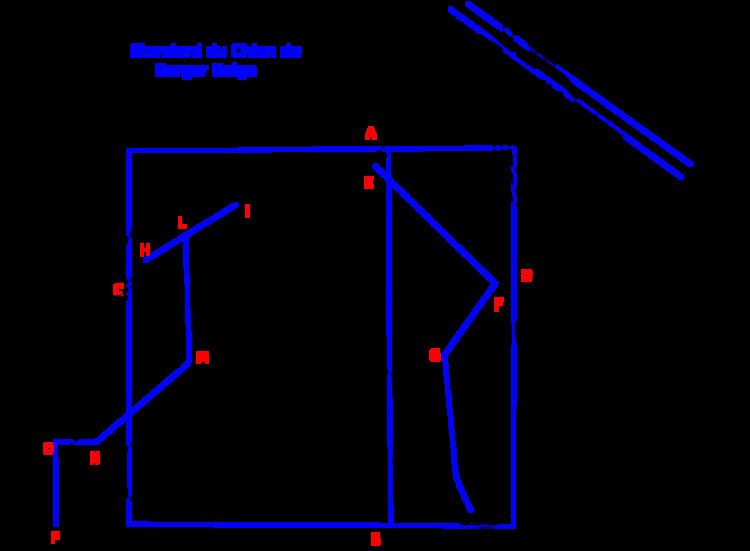 | ||
Breed type in the parlance of dog fanciers refers to the qualities that define a dog breed and separate it from all other dog breeds. Breed type is outlined in the written standard for each breed, and breed type is the basis of judging in conformation dog shows.
Contents
Qualities that define a breed
Breed type encompasses appearance, character, condition, bone structure, temperament, and movement; "breed type is all these things." Breed type also includes a character specific to each breed, a combination of behaviour, temperament and carriage that demonstrate an essence of the breed. "He exuded breed type," writes Anne Marie Rasmussen of a particular King Charles Spaniel. An Akbash Dog "with correct breed type [is] confident, protective, intelligent, brave, affectionate yet reserved, and always loyal." The exact definition of breed type for any given breed can be very subjective and elusive.
The Standard
For the most part, the ideal breed type is defined in the breed standard, a written list of attributes that defines the breed and separates the breed from other breeds based on the same ancestral type. The standard leaves room for interpretation; breeders may choose to select for emphasis some aspects of breed type over others, and, if conformation judges agree with that selection, the breed will change over time.
Each element of the standard is considered both independently and part of the whole of breed type. In writing about the Borzoi, Jon Titus Steel says, "The neck is a key element of breed type", affecting a dog's outline, balance, movement, and function.
Judging
In conformation judging, judges compare the dog to the ideal breed type represented in the standard. Since breed standards leave room for interpretation, conformation show judging is highly subjective, and individual judges will place more or less emphasis on the various elements of breed type. In addition, all-breed judges may not be knowledgeable about all of the details of each breed's breed type. The director of the Bedlington Terrier Club of America writes of the Bedlington Terrier's standard for gait that "all too often, judges either ignore [the standard's] description or completely lack knowledge of it."
Even judging that adheres strictly to the standard tends to reward the most outgoing and energetic (showy) dog. In order to win, showing "must be fun for the dog." But for some breeds, excessive showiness is in opposition to the breed type and should not be rewarded. The American Kennel Club English Mastiff standard cautions, "Judges should also beware of putting a premium on showiness."
Breed type and performance
Breed type usually takes into account the work the original dog type from which the breed was developed was bred to do. In order to counterbalance the overuse of appearance in awarding championships, some major registries and breed clubs have instituted performance events as part of the awards at conformation shows.
Types, type, and breeds
Dog type, breed type, dog breed, and purebred dog breed are at times all used interchangeably, but they all have distinct meanings. Types of dogs are varieties developed for a specific work; they may be very ancient or modern in origin. Modern breeds of dogs are refinements of older dog types, bred so that all closely resemble each other, and documented in a stud book kept by a breed club or major dog registry. A purebred dog is a dog of a documented modern dog breed that has been selectively bred to emphasize breed type for the sport of competitive conformation dog showing.
The word type may be incorrectly used instead of style to refer to an identifiable 'style of appearance' or 'working style characteristic' of a particular kennel or "dogs of a well established line" This terminology is incorrect. The word type in reference to a dog refers specifically to the description of what defines that breed and what makes that breed of dog different from every other breed, as can be found in that breed's written Standard. When comparing dogs of the same breed, you look at type first and foremost, and then you look for different styles of dogs within that breed. The term style refers to characteristics that are different in each dog that already has breed type. There can be a vast variety of styles existing in each breed of dog. These characteristics develop from a breeder's desire to create a distinct 'look' (or style) within their line. Breeders create their own style within their line, being careful not to stray from breed type.
